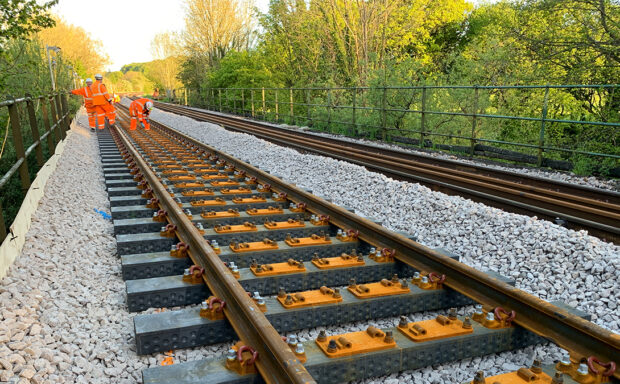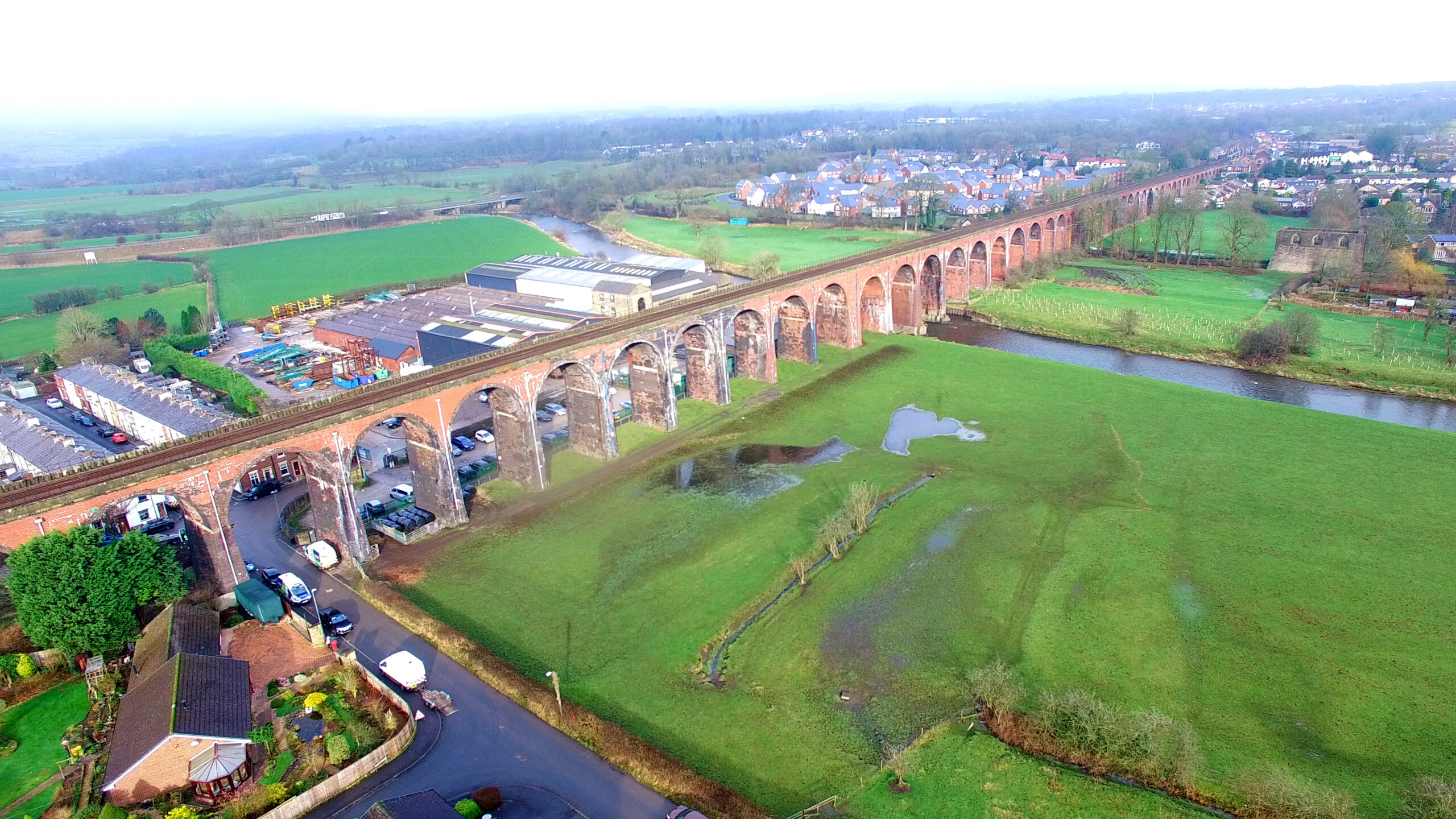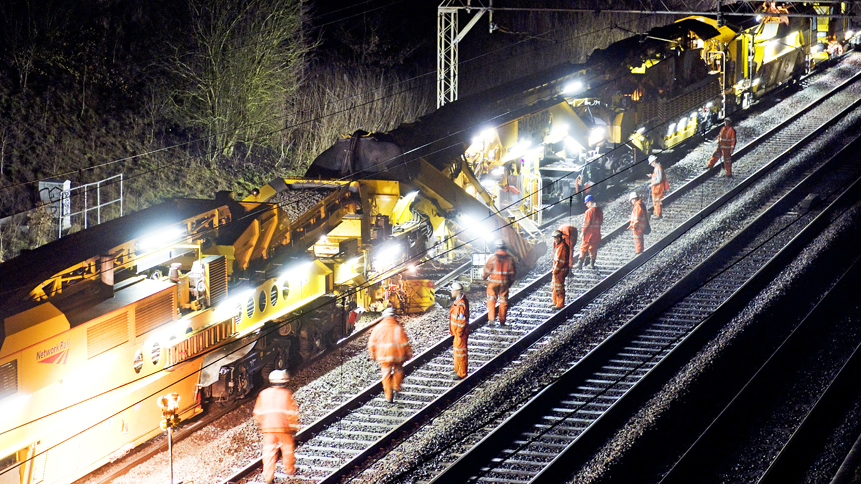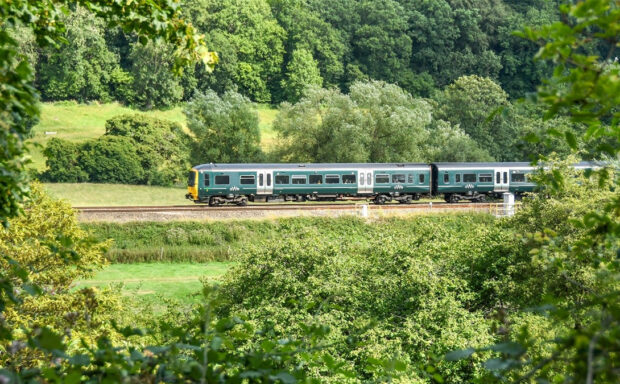This month we outlined how green initiatives at London King’s Cross were making a significant impact on the station’s sustainability.
They’re just some of the measures we have taken to improve sustainability across the network.
The upgrades at King’s Cross, which took place between 2006 and 2012, included rainwater harvesting, water saving taps, extra insulation and 2,300 square metres of solar panels.
The solar panels were specially designed to integrate with the iconic design of the Grade I listed building and have reduced carbon dioxide emissions at the station by more than 40 tonnes.
This month we announced the panels had generated a million kilowatts of electricity – enough to power 38 homes for a full year. This represents £125,000 of savings in utility costs for Network Rail.
Solar panels at London King’s Cross and Blackfriars stations
The initiatives have helped us achieve a Building Research Establishment Environmental Assessment Method excellent rating.
It’s the second-highest rating awarded by industry body the Building Research Establishment’s method of assessing, rating, and certifying the sustainability of buildings.
Rob McIntosh, a route managing director at Network Rail, said the initiatives were “paying real dividends both in terms of reducing our carbon footprint and in saving us money”.
He said: “We now want to encourage our retail tenants, contractors and station users to do their bit to cut down on waste, increase recycling and be more environmentally friendly.”
Elsewhere in the capital, the redeveloped Blackfriars station, which opened in 2012, features the world’s largest solar bridge with over 4,400 photovoltaic panels – enough to cover 23 tennis courts.
The roof provides up to half of the station’s energy – enough to heat almost 80,000 cups of tea a day. It also reduces the station’s CO2 emissions by an estimated 511 tonnes per year – equivalent to about 89,000 average car journeys.
Targets
Meanwhile, we’re tackling three significant environmental issues at Britain’s biggest and busiest rail stations. As a company, we divert 94 per cent of our waste from landfill. We now want to use our position as one the UK’s largest retail landlords to encourage the adoption of more green initiatives within managed stations, delivering benefits to our millions of station users.
We aim to:
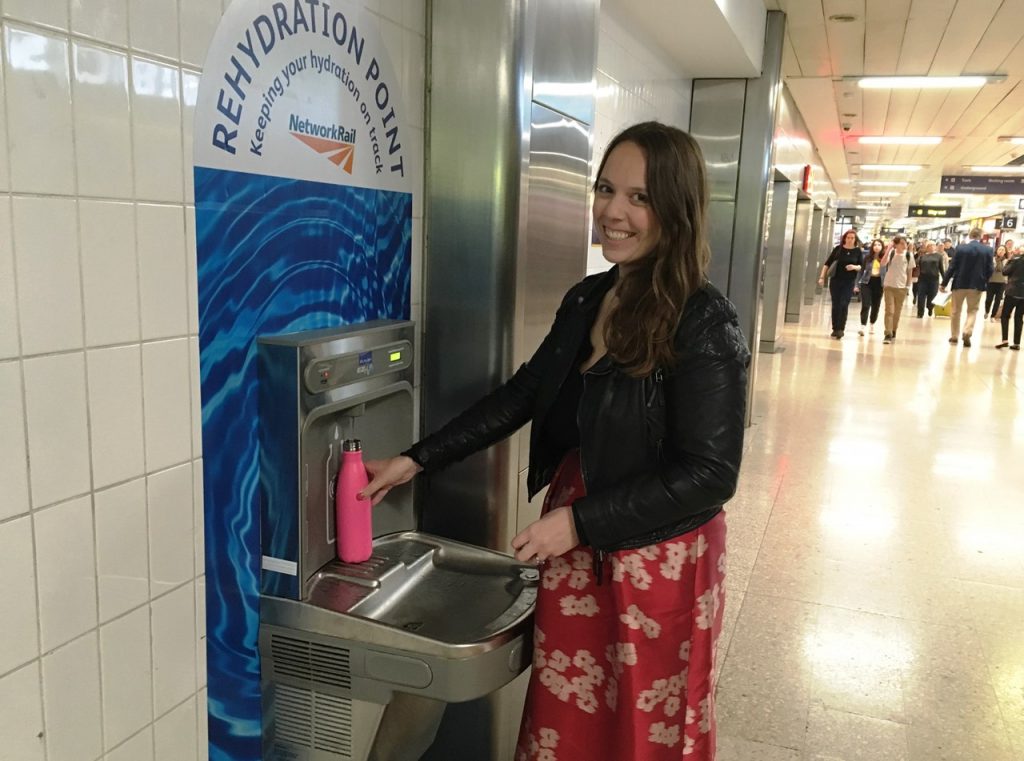
- Ban retailers from supplying plastic cutlery and cups in managed stations by the end of 2020
- Implement a coffee cup recycling scheme for managed stations by the end of 2020.
These goals also complement our launch in February this year of free water fountains at managed stations. Each location saves up to 1,000 plastic bottles each week.
Find out more about how we’re ensuring a more sustainable railway:
How we moved a river: re-routing a waterway and protecting the environment

